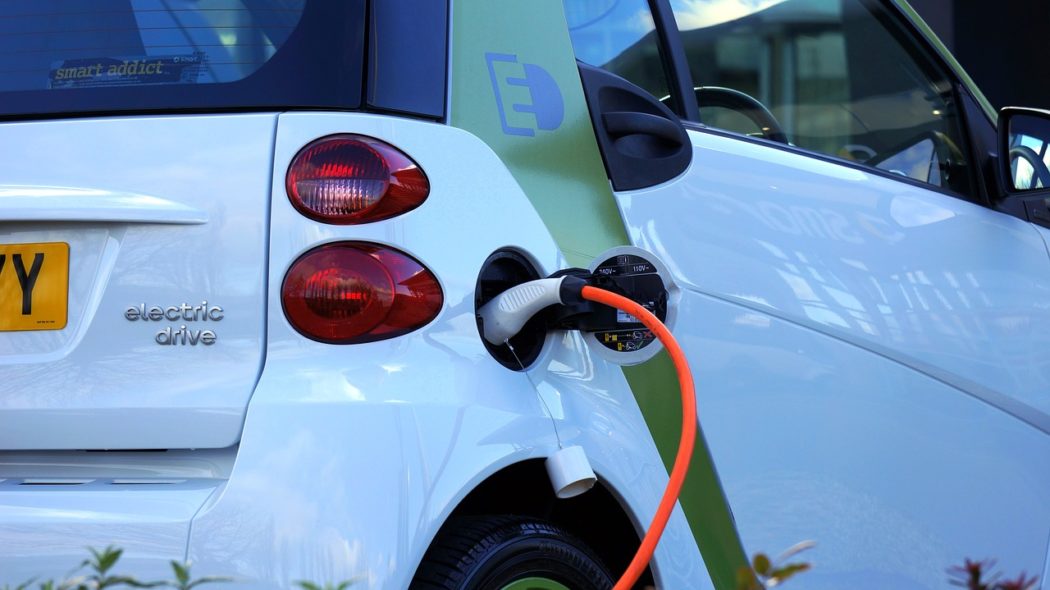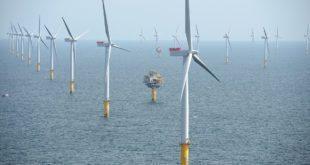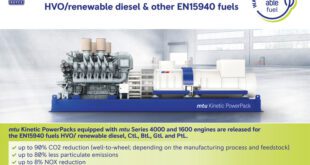In both the real world and in popular culture, renewable energy gets a lot of press. From solar energy to hydropower and beyond, so-called “alternative” energy sources are increasingly seen as a viable solution towards combating the negative effects of climate change.
A prime cultural example of renewable energy in the spotlight was seen on 1998’s “That ‘70s Show.” During the 1970s, when the show was set, there was a large-scale gas shortage in America. Long lines at gas pumps were common, and environmentalism as a social cause surged in popularity, as Americans began to advocate for alternative sources of power.
In an attempt to bring historical accuracy to “That ‘70s Show,” the writers made sure to feature the energy crisis in several episodes. In the pilot episode, for example, stoner Steven Hyde tells his friends, “there is this guy that invented this car and it runs on water, man. It’s got a fiberglass air-cooled engine and it runs on water.”
Hyde was likely referring to the water fuel cell built by Stanley Meyer, a native of Ohio, sometime around 1980. Obviously, Meyer’s invention doesn’t fit with the television show’s timeline. Further, his claims were never verified by outside researchers, and Meyer was even found guilty of fraud in 1996.
But the fictional engine that “runs on water, man” has nothing on some of the strangest ideas conceived in the name of renewable energy. Over the years, innovative thinkers have conceived numerous ways of producing energy via body heat, sugar, luminescent proteins inside jellyfish, and other unexpected places. What’s more, renewable energy may ultimately evolve into one of the 21st century’s best industries for entrepreneurship. That’s because, as the renewables industry represents plenty of opportunity for innovation and growth, savvy entrepreneurs are increasingly taking notice of unexpected and exciting power sources.
Renewable Energy: An Ever-Evolving Landscape
No matter the source, there’s no denying that renewable energy has continuously grown in popularity over the last decade. The U.S. Energy Information Administration (EIA) reports that, in 2018, renewables accounted for 11% of the total energy consumption in the U.S. And while renewable energy seems like a modern concept, renewables are firmly rooted in American history.
In fact, until the mid-1800s, all fuel was essentially renewable, as wood was the country’s primary energy source. Around 1880, the use of electrical power began to spread across the country, and renewables played a major role. One of the first widely used renewable energy sources in the modern era was steam power, also known as geothermal energy.
The idea behind geothermal energy is a relatively simple one: Warm air below the Earth is pulled above ground via heat pumps to heat your home or property. In the summertime, the same pumps transfer warm air back into the ground. Geothermal heating and cooling systems are efficient and environmentally friendly, using zero fossil fuels. They do tend to take up large amounts of space, however, and aren’t suitable for every property type.
The first geothermal energy plant in the U.S. was built in 1922, but the power source didn’t really catch on, and hasn’t really to this day. And during electricity’s early days, hydropower and solid biomass were common types of renewable energy, and wood became nearly obsolete as a fuel source by 1926.
Wood, Sugar, and Fluorescent Proteins
Interestingly, wood is barely mentioned in modern conversations about renewable energy sources, even though it’s 100% renewable. Instead, Virginia Tech University scientists are working to convert sugar to hydrogen, which can then be pumped through a fuel cell, producing energy. Sugar-fuel batteries are still years away from becoming reality, but the ubiquity of sugar makes this a promising idea in the realm of alternative energy.
Elsewhere, researchers are experimenting with the green fluorescent protein (GFP) that naturally occurs in some species of jellyfish. While fuel cells powered with GFP are not yet a reality, a jellyfish-powered laser was unveiled in 2016. The laser reportedly uses less energy than its traditional counterparts.
Fortunately, sugar and jellyfish aren’t the only potential solutions to our growing energy needs. In the realm of sustainability and energy efficiency, innovative entrepreneurs have identified a number of viable strategies. And they’re not all as far-fetched as sugar-powered batteries or jellyfish lasers: Promising examples of renewable energy innovations include wave power and space-based solar power.
Road Bumps in the Field of Alternative Energy
Today, the alternative energy industry is at the forefront of technological innovation. Unfortunately, in many industries where technology is a primary component, intellectual property protection is a vital concern. And in such a vibrant industry, even a spark of inspiration should be protected in a legal capacity.
Securing a patent is integral to protecting one’s intellectual property. For instance, even though his water fuel cell didn’t actually come to fruition, Stanley Meyer nonetheless holds a number of patents, including U.S. Patent 4,936,961, “Method for the production of a fuel gas.” In granting Meyer (or any inventor) a patent, the U.S. Patent and Trademark Office must deem that an idea has “a significant use that helps to improve something.”
It’s important to note that creating something isn’t an automatic guarantee of patent ownership. Patents are typically granted to the first person who applies to protect an idea or invention. And even if, like the jellyfish-powered laser, an invention includes an organic compound, a patent can still be granted.
It’s unlikely that sugar and luminescent proteins will be powering cities any time soon — but at the very least, unusual sources of renewable energy help keep the industry alive and flowing. A number of countries are already leading the way towards full-fledged sustainable energy, including Sweden, Costa Rica, and Iceland — and hopefully, the US may be on its way next.

 Alternative Energy HQ solar power for homes, wind energy, and bio fuel issues
Alternative Energy HQ solar power for homes, wind energy, and bio fuel issues







